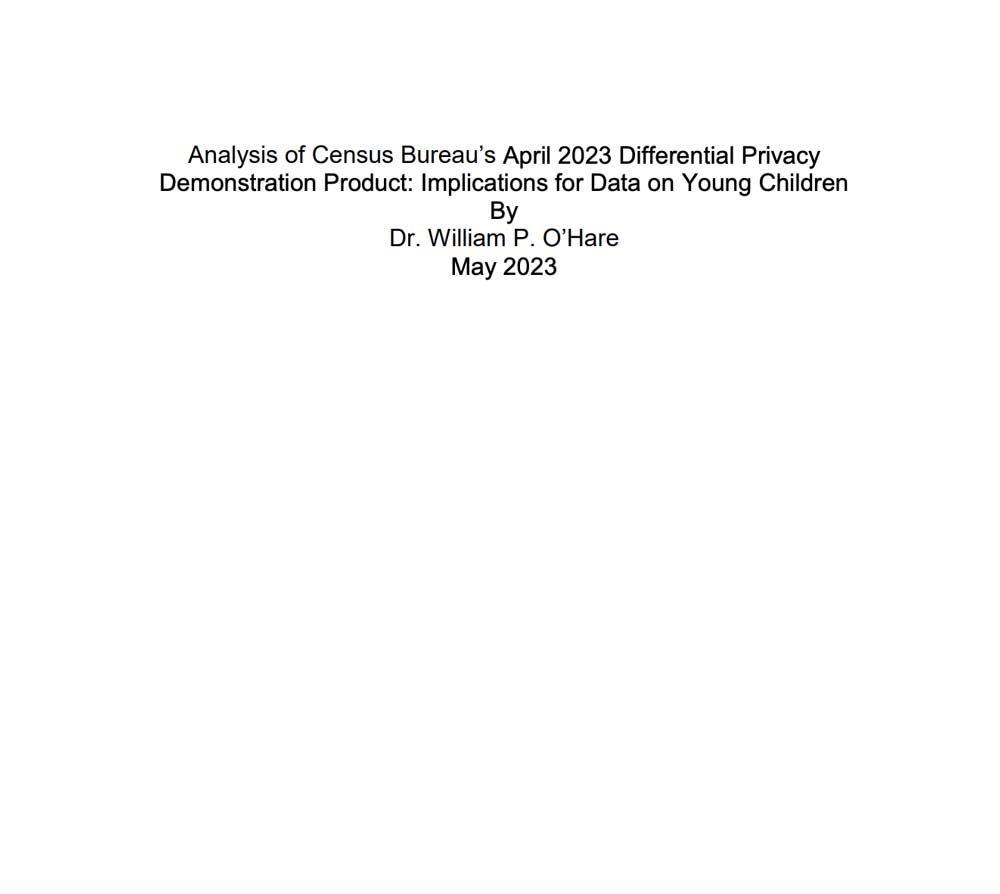This report provides information on the accuracy of DP-infused data and provides a profile of the likely errors for young children that will be seen in data for in the 2020 Census. The analysis provided in this paper is just a sample of analyses that could be done but I believe the data analyzed in this study is a relatively good sample of the broader young child implications of using a DAS method with DP in the Demographic and Housing Characteristics file.
Big errors are the most problematic. Errors of a few young children or a few percent are not likely to cause big problems, but when data is off by as much as 10 or 25 percent, it will cause problems and the analysis presented here indicates errors of such magnitude are likely to be prevalent in the 2020 Census for Unified School Districts and for Places.
In addition to the money distributed on the basis of census-derived data, Census data are used for many decisions in the public and private sector. The more errors there are in the data and the larger the errors in the data, the less likely those decisions will be correct ones.
Given the level of errors in Unified School Districts and Places using the privacy protection level in the most recent DP Demonstration Product, and the lack of clear evidence or measurements about the level or impact of privacy loss, I continue to have concerns about the application of DP in the 2020 Census.









